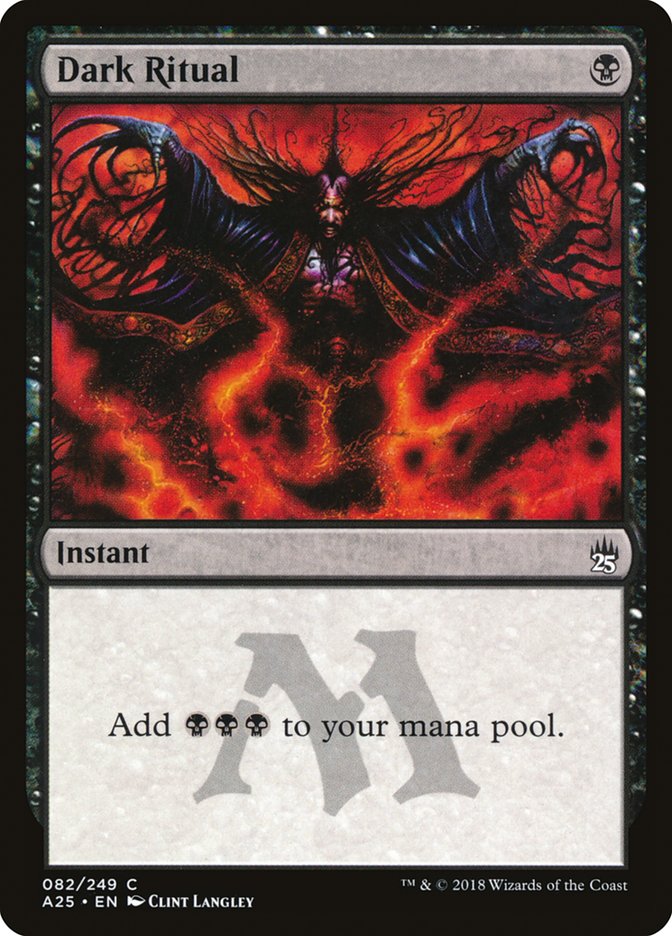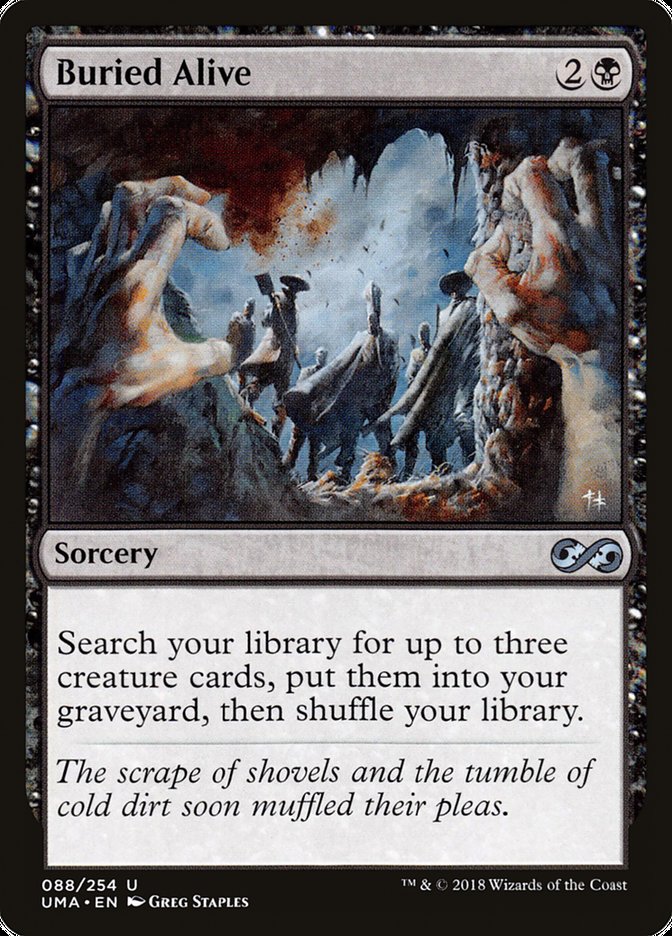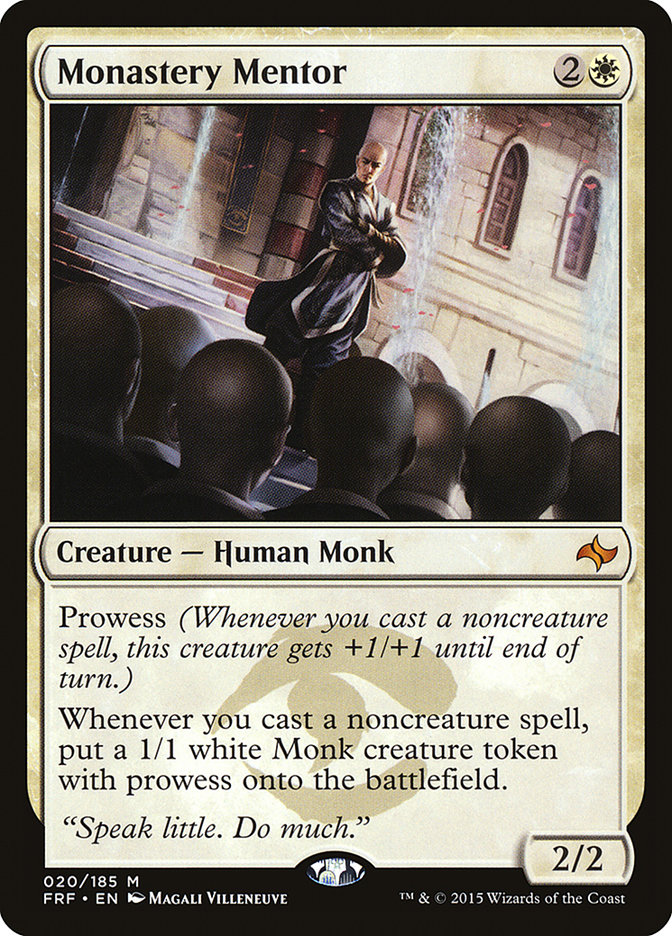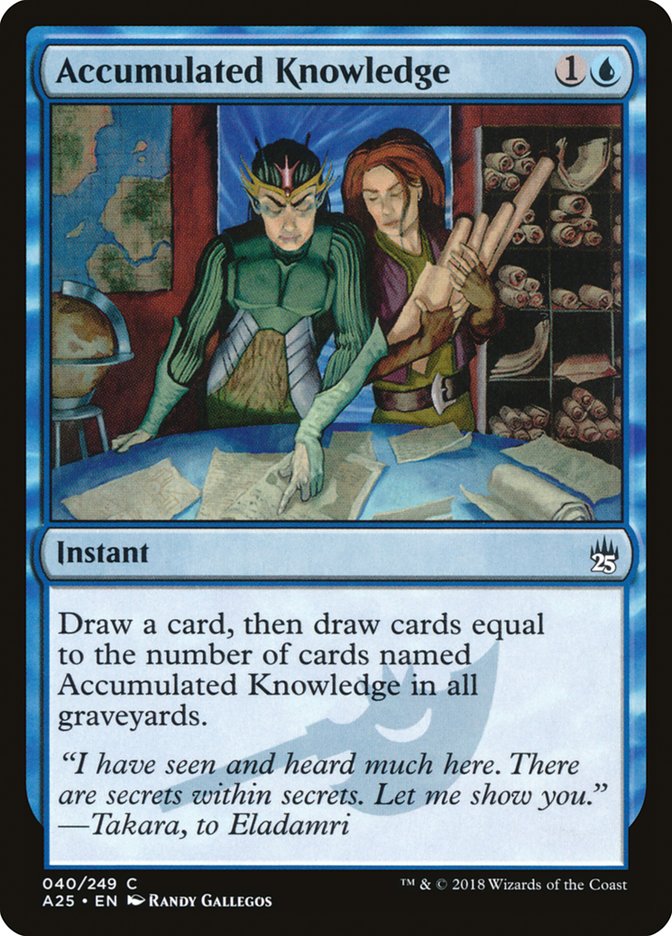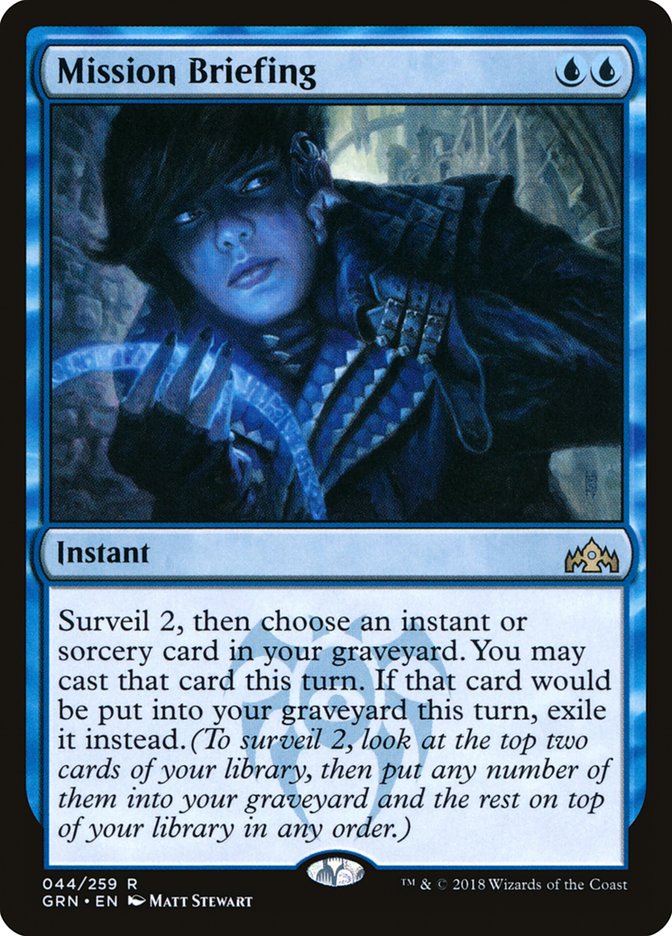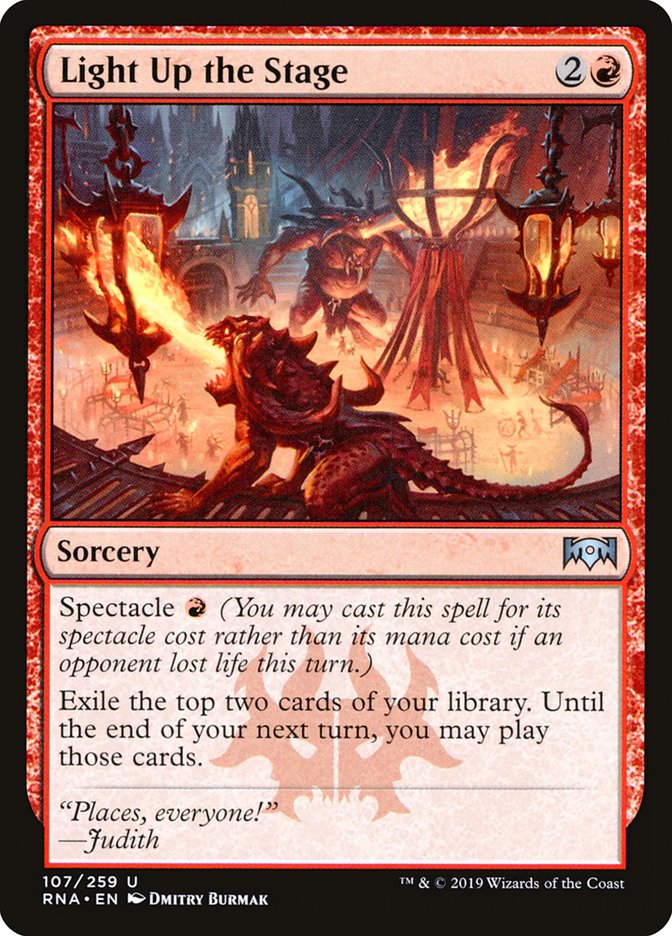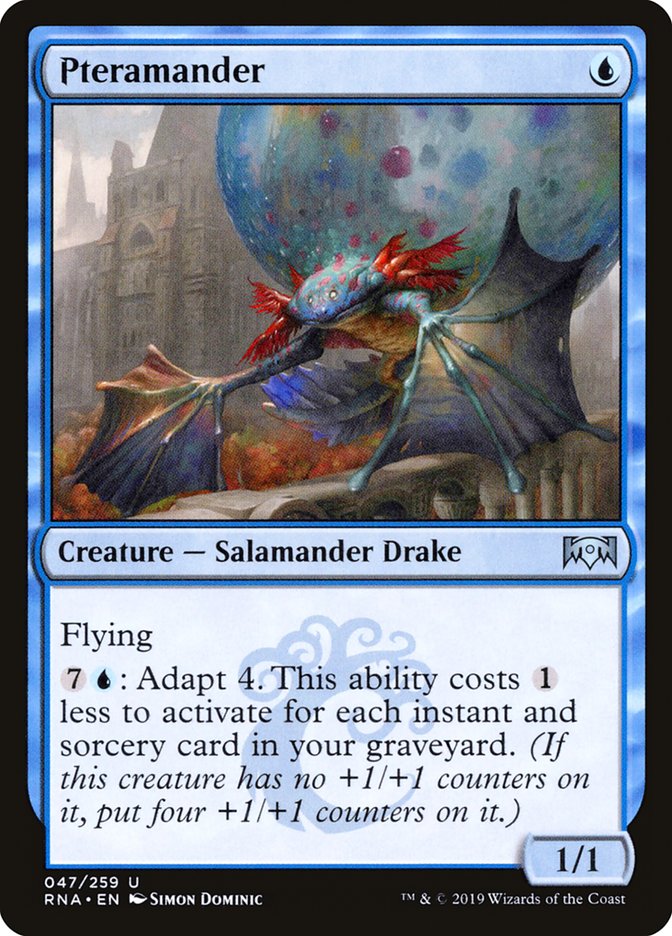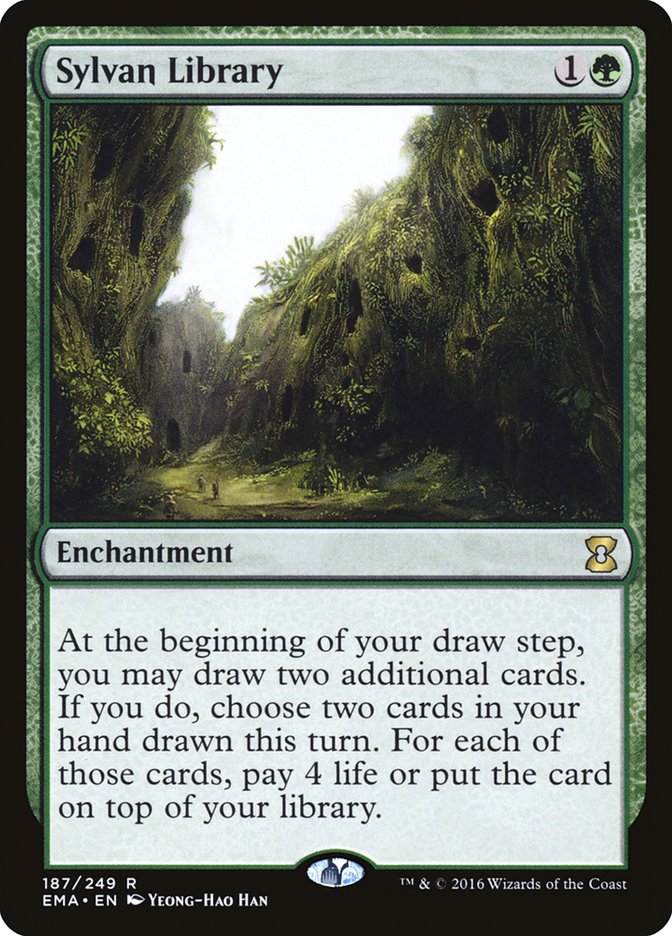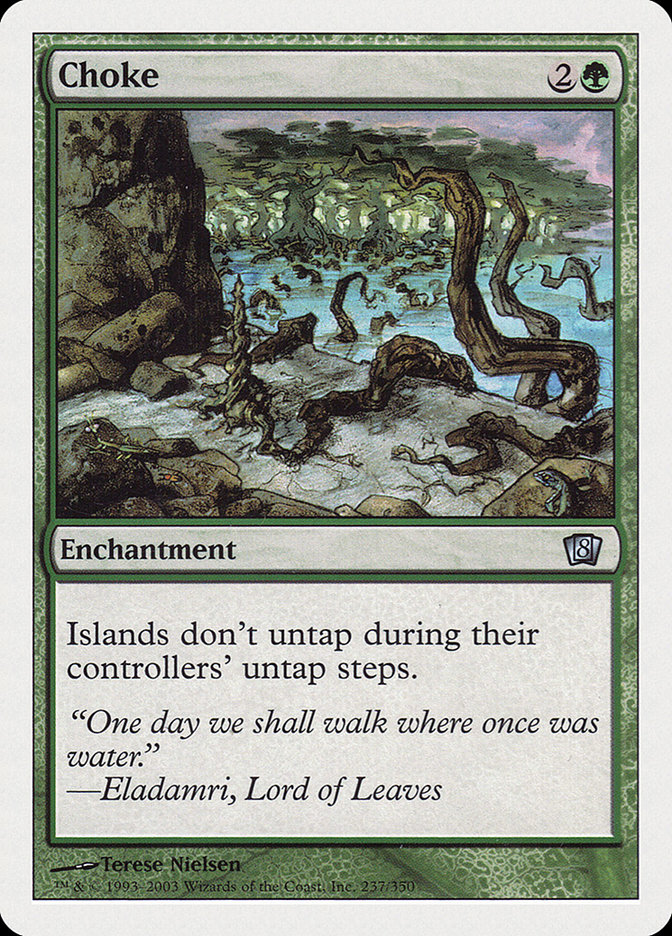There are a lot of broken or near-broken decks to come out of the incredible data dump that we’ve been blessed with, courtesy of the hardworking folks behind the scenes at SCG Baltimore. In Standard, it seems like Azorius Aggro has taken its rightful place near the top of the format alongside Esper Control, Sultai Midrange, and Izzet Drakes. In Modern, we saw Temur Phoenix win it all with Ryan Overturf and his Traverse the Ulvenwalds, and we saw Jeffrey Carr absolutely embarrass people repeatedly with his Mono-Red Phoenix deck with Light Up the Stage.
Personally, I’m both excited to try out one of these upgraded Phoenix decks in Modern, and worried about the health of the format if it becomes an unmitigated Arclight-fest. It seems like, at every turn, Arclight Phoenix has become the card to play, and not just in Modern (where synergy with the already broken Faithless Looting makes it absolutely bananas).
No, this weekend saw Arclight Phoenix quietly put up a great finish in Tommy Ashton’s capable hands in the Legacy seat of the Team Constructed Open. I know for a fact that he went 9-0 on the first day of the event, and his team ended up losing a win-and-in for Top 8 despite his best efforts to put them on his back. This is the type of performance from a relatively unknown deck that should make people sit up and pay attention.
Creatures (9)
Lands (16)
Spells (35)

Keep in mind, Tommy admitted that he’d essentially cribbed the deck from a 5-0 list on Magic Online, tinkered with it a bit, and then registered it for the event. This deck is still fairly raw and there are at least a half-dozen different angles you can explore within this basic shell. I even briefly spoke with Legacy prodigy Noah Walker about his experience testing Buried Alive / Arclight Phoenix decks and he claimed that it was very close to broken. I believe him and I’m willing to believe that most people aren’t properly prepared to combat it when the Phoenixes come to roost in Legacy.
What’s going on with this archetype? Why is it so powerful? What are the reasons to gravitate towards it compared to a more traditional Brainstorm deck like Grixis Delver or Grixis Control?
First and foremost, the deck has an incredible nut draw that involves nine power attacking on Turn 1. A Turn 1 Buried Alive off two Dark Rituals or a Ritual, a Lotus Petal, and a Thoughtseize puts the opponent on a very short clock, and various Thoughtseize or Cabal Therapy backups mean that the answers must be right there on top of the deck. It’s certainly possible that an opponent will simply lose the game on the spot to that kind of opening, which is highly reminiscent of Rakdos Reanimator and its nut-draw opening hands.
Of course, the twelve-pack of powerful cantrips that form the backbone of the deck add incredible consistency and make chaining three-spell turns together rather straightforward. Like Storm, Grixis Phoenix will execute its primary gameplan an incredibly high percentage of the time, barring large amounts of disruption from an opponent in the form of Surgical Extraction and counterspells or Brainstorms to protect it from discard. Which leads, of course, to the appeal of the massive discard package that also draws from Reanimator and Storm, the cards that allow proactive protection leading into a combo turn and disruption against the other major linear decks of the format.
But if all we were offered was a Buried Alive / Arclight Phoenix combo deck, it wouldn’t be quite enough to overcome the natural free safety valves in Legacy of Force of Will, Daze, and Surgical Extraction. What sets this apart is the fact that the innovators behind it grafted on a perfectly serviceable token-generating engine in Young Pyromancer (or Monastery Mentor in the white-splash version) to have a completely orthogonal gameplan. This addition forces opponents to attempt to balance between Surgical Extractions and Lightning Bolts to combat the different attack vectors that the deck offers.
This deck plays a main engine that’s resilient to spot creature removal but vulnerable to Surgical Extraction alongside an engine that’s incredibly vulnerable to spot creature removal and ignores Surgical Extraction. It then attempts to push the game towards whichever plan will find the opponent without the correct answers. This is the blueprint of a format-warping deck.
Noah, who stuck with his Grixis Delver roots for this tournament rather than take what he deemed to be a calculated risk, prefers a version with the more powerful Monastery Mentor as an alternative token engine, which means that the only red source in his list for casting a natural Arclight Phoenix is a single Volcanic Island. Mentor, unlike Young Pyromancer, generates value off Lotus Petal and actually combo-kills the opponent in its own way with multi-spell turns to boost a growing army. I look forward to gawking at the overwhelming wins he demonstrates on camera in a future Legacy Open with this deck once he irons out the wrinkles.
To be fair, both fronts of the Arclight Phoenix deck are more than a tad weak to Terminus, which brings us to the second deck to impress this weekend, Keaton Wood’s Miracles:
Creatures (3)
Planeswalkers (3)
Lands (19)
Spells (35)

Keaton said that he only lost one match individually during the Open, and that alone should perk up the ears of any fans of the long-departed Sensei’s Divining Top. The big innovation that seems to have taken up root among Miracles players this month is Accumulated Knowledge, a twenty-year-old card that perfectly counteracts one of the best pieces of disruption other fair decks have in the matchup, Hymn to Tourach.
Mission Briefing (the other piece of new tech, which notably does allow Force of Will to be recast via the alternate casting cost) and Snapcaster Mage mean that it will be eminently possible in long games to draw over ten cards from a stack of AKs, and no Liliana of the Veil or Hymn to Tourach will be able to hold a Miracles player off their game for long. Accumulated Knowledge isn’t quite broken tech per se, but it does upend the script on a few matchups and puts Miracles back in the role it wants to occupy against longtime foe Grixis Control.
I expect that Accumulated Knowledge and Mission Briefing will change the landscape in unforeseen ways for Legacy and will accelerate the slow decline of traditional Grixis Control as it becomes a bit outgunned on all fronts.
The next major innovation point in Legacy surrounds the same piece of tech from Ravnica Allegiance that stands to catapult Mono-Red Phoenix to Tier 1 in Modern. Light Up the Stage is a remarkable way to churn through cards for Izzet or Grixis Delver, and Kevin King started the trend with his fourteenth-place deck alongside Seth Manfield on Esper Control and Matt Ling on Dredge.
Creatures (14)
Lands (18)
Spells (28)
- 4 Brainstorm
- 4 Lightning Bolt
- 4 Force of Will
- 3 Chain Lightning
- 4 Daze
- 4 Ponder
- 1 Vapor Snag
- 4 Light Up the Stage
Sideboard

Let’s get some ground rules out of the way before discussing strategic implications. Yes, you can cast Daze and Force of Will using their alternate costs off Light Up the Stage. No, that still doesn’t fix the fact that countermagic and Light Up the Stage are a major non-bo.
Yes, it still sort of acts like a Silence-style effect, pushing opponents to hold off on casting spells for a turn in order to stop you from getting value out of your stranded countermagic. No, this deck does not have a particularly good combo matchup, as there isn’t quite enough disruption or quite enough of a clock to hold off Storm or Sneak and Show consistently.
Yes, there are some non-intuitive ways to fight that weakness. And yes, despite these drawbacks, I do think it’s worth it to attempt to exploit these new cards, as a blue Tombstalker and a red Thoughtcast are both very powerful cards that work well together.
Treasure Cruise-powered Izzet Delver was the best deck in Legacy back in 2014. Light Up the Stage isn’t quite on that level, but if (and only if) this type of deck picks up in prevalence, it will mean big changes for the Legacy landscape. Hymn to Tourach will again diminish in impact, which means combo decks will gain percentage points as the fair decks’ focus shifts to drawing more cards rather than making opponents discard more cards.
Accumulated Knowledge and Light Up the Stage are a lot less scary than Hymn to Tourach for Storm and Sneak and Show pilots. The appropriate answer for this deck is to play a few copies of Null Rod as permanent-based hate for Storm with a very nice application against all Stoneforge Mystic decks and the smattering of rogue artifact strategies in the format.
I expect decks that don’t care about card quantity battles, such as Lands and Eldrazi, to pick up some more of the slack, moreso Eldrazi because Lands suffers from a weak combo matchup and Eldrazi can win against Storm with Chalice of the Void and Thought-Knot Seer. And, of course, the Arclight Phoenix decks will place their pressure on the format by completely ignoring traditional resource battles and going straight for pseudo-combo kills or all-in-one gameplan cards like Monastery Mentor or Young Pyromancer.
One additional option for Izzet Delver to fight combo would be to splash discard in the Light Up the Stage decks, which actually do synergize far better than Light Up the Stage and countermagic. A new breed of Grixis Delver with only discard spells as a small splash on an Izzet base to fight combo may rise to the occasion. Grim Lavamancer, because it can selectively exile the non-instants and sorceries from the graveyard, may coexist with Pteramander better than it could with Gurmag Angler, which in turn increases Lavamancer’s stock even more as a way to kill opposing Pteramanders before they grow out of control.
It’s incredible what kind of changes Legacy, a format defined by cards over twenty years old, can encounter every few months. But, being a format where some of the constraining variables are cards with hefty price tags, change is slower than for other formats. This means some of the best choices remain the same as they ever were, with just a few pieces of changed tech.
Jarvis Yu demonstrated his continued obsession with all things Experimental Frenzy-related by doing quite well for himself across the Open and the Legacy Classic with a new take on Lands:
Lands (37)
- 1 Forest
- 1 Wooded Foothills
- 4 Wasteland
- 2 Taiga
- 1 The Tabernacle at Pendrell Vale
- 1 Karakas
- 1 Ancient Tomb
- 1 Barbarian Ring
- 1 Windswept Heath
- 2 Maze of Ith
- 1 Tranquil Thicket
- 1 Glacial Chasm
- 3 Rishadan Port
- 1 Ghost Quarter
- 4 Dark Depths
- 4 Grove of the Burnwillows
- 1 Horizon Canopy
- 1 Misty Rainforest
- 1 Bojuka Bog
- 4 Thespian's Stage
- 1 Sheltered Thicket
Spells (23)

With an extraordinarily heavy focus on powerful gameplan-in-a-box enchantments for the fair matchups (Choke, Sylvan Library, Experimental Frenzy), it looks like Jarvis is ready to play against large amounts of hate, including Rest in Peace, Surgical Extraction, Blood Moon, Back to Basics, and the like. Lands is quite well-positioned in current Legacy, and it was one of the more powerful non-Cruise choices back when Treasure Cruise was the busted card du jour. After all, Life from the Loam is sort of like a Treasure Cruise every turn for the rest of the game! If the various lockout artifacts are enough to fight combo decks, this might be a wonderful deck to pick up in a Delver-Miracles metagame. As for Grixis Control? Sylvan Library, Choke and Experimental Frenzy laugh at it. I’d bet that Jarvis couldn’t lose a match to that deck if he tried.
But what decks actually rose to the top in the Classic and the Open? Oh, that’s weird. It’s Dimir Death’s Shadow! After Liz Lynn handed me a tough L in the Team Constructed Open, I decided to never pick up stinky Grixis Control again and went back to my Dimir Death’s Shadow comfort zone.
And with all due respect to her well-earned victory, I strongly believe that a slower, Delverless take on Dimir Death’s Shadow is better overall. Hymn to Tourach is still a free win machine – until Light Up the Stage, Life from the Loam, and Accumulated Knowledge pick up in prevalence – and Delver of Secrets offers the wrong kind of gameplan for the deck. Delver offers chip shot damage, generating a slow clock that, without the kind of reach offered by Grixis Delver’s Lightning Bolts, doesn’t pressure an opposing combo or control deck in a meaningful way. It also doesn’t synergize with Stubborn Denial, one of the best cards in Legacy if you can consistently turn it on.
Both Harlan Firer (with whom I split in the finals of the Classic) and I determined that the best way forward for fair blue decks was to be bigger than normal Grixis Delver but smaller than clunky, low-pressure Grixis Control. To that end, we both had some extremely strange numbers in our lists. Three Wastelands? Three Dazes? These were cards that, without ever consulting with each other, we independently determined were not cards we wanted to draw multiple copies of against most decks. The second Daze puts you back in a tempo black hole, and we often didn’t want to use our Wastelands until the midgame once we’d squeezed opponents with several disparate types of threats.
Where Harlan chose Jace, the Mind Scuptor; Stoneforge Mystic / Batterskull; and True-Name Nemesis as his disparate threats, I chose a mix of Hymn to Tourach; Jace, Vryn’s Prodigy (excellent for flashing back Hymn to Tourach); and Liliana, the Last Hope to put my opponent behind. Because blue and white are missing a one-mana hard-hitting threat, Harlan took his Stoneblade deck and added in Delver of Secrets in order to soak up removal that would otherwise be used on his Stoneforge Mystics, going leaner than traditional Stoneblade.
Meanwhile I beefed up the stock Death’s Shadow list and gave it the tools it needs to fight Baleful Strix, Bitterblossom, and Snapcaster Mage. The heavy discard component actually improves the combo matchups well past “favored” territory and into the realm of “overwhelming rout.”
Creatures (12)
Planeswalkers (2)
Lands (20)
Spells (26)

Creatures (12)
Planeswalkers (1)
Lands (17)
Spells (30)

I’d happily recommend my list without reservation for any upcoming Legacy events you may have, though it requires some preparation to properly judge when to find a Watery Grave versus an Underground Sea (I tend to be much more conservative with my life total than other Death’s Shadow players). Additionally, it may not hold up if Delver and Miracles opponents move towards Light Up the Stage and Accumulated Knowledge.
There’s also the elephant in the room – the potentially broken Arclight Phoenix deck that no one has perfected yet. If you’re just playing a tournament for fun, I couldn’t imagine advising anything other than picking up a few copies of Buried Alive and seeing if you can find the perfect mix of cantrips, discard, Buried Alive, Intuition, Faithless Looting, Monastery Mentor, Young Pyromancer, and just breaking the format wide open.
It’s a great time to put in some ground work in Legacy, because you can gain a massive advantage ahead of others before the Legacy Open in Syracuse and the next few Team Constructed Opens. I don’t think there’s a more rewarding way to get ahead of the curve right now than by mining that rich Legacy card pool for some broken tech and unleashing it in Syracuse or at the Team Constructed Open in Cincinnati in a few weeks.



